The Ultimate Dracaena Care Guide: Tips for Thriving Indoor Plants
Introduction
The evergreen elegance of Dracaena plants makes them a favorite for both novice and experienced plant owners. Their striking foliage and impressive adaptability have carved out a place in homes and offices worldwide, transforming any space into a verdant oasis. But what exactly makes Dracaenas so popular, and how can you ensure yours thrives? This guide will take you through the essentials of Dracaena care, providing everything you need to know about these versatile houseplants.
Dracaenas, with their myriad species and varied characteristics, have roots tracing back to the tropical regions of Africa, Asia, and Central America. This diverse genus consists of both shrub-like and tree-like varieties, each bringing its own unique aesthetic. Some famous Dracaena species popular among plant enthusiasts include Dracaena marginata, Dracaena fragrans, and the elegant Dracaena deremensis.
The purpose of this guide is to equip you with practical, actionable insights into nurturing your Dracaena plants, enhancing their growth and longevity in your home. Let’s embark on this journey of discovery and care, ensuring your Dracaena plants are as vibrant and lush as they deserve to be.

Section 1: Understanding Dracaena Plants
History and Background
Origins: Dracaena plants are primarily native to Africa, although several species hail from southern Asia and northern Australia. Preferring warm climates, they are naturally found in subtropical or tropical regions. In their natural habitat, some Dracaena species grow into towering trees, while others form part of the understory, thriving in low-light conditions.
The genus name "Dracaena" is derived from the Greek word "drakaina," meaning female dragon, inspired by the red gum, or resin, that Dracaenas can produce. This feature, along with their versatility in various environments, has solidified their status as both ornamental and significant cultural plants.
Popularity as Houseplants
Dracaenas have earned their fame as houseplants particularly due to their ease of care and their ability to adapt to a variety of lighting and humidity conditions. These qualities make them ideal for homes and offices where environmental control may not be perfect. The resilience of Dracaenas allows them to withstand a bit of neglect, welcoming even the most inexperienced gardeners into the world of plant care.

Varied Species
The Dracaena genus includes over 120 species, offering a broad spectrum of choices whether you prefer upright, tree-like varieties, or bushy plants with colorful leaves. Some popular species and cultivars include:
- Dracaena marginata: Known as the Madagascar dragon tree, it features slender stems and narrow, arching leaves with red edges.
- Dracaena fragrans: Often called corn plants, they are characterized by broad, green leaves and are known for their fragrant flowers.
- Dracaena deremensis: Includes compact varieties like 'Janet Craig' and 'Warneckii', which have striped leaves.
- Dracaena sanderiana: Also known as Lucky Bamboo, this species is often grown in water and brings an exotic look to any space.
With such diversity, Dracaenas can fit into almost any interior design scheme, from modern minimalist to lush tropical. Consider enhancing your collection by exploring more versatile and stunning options on Plantology's e-commerce platform.
Section 2: Choosing the Right Dracaena Species

Factors to Consider
Light Requirements
While Dracaenas are generally adaptable, some species may have specific lighting needs for optimal growth. For example, Dracaena marginata prefers bright, indirect light for lush foliage color, while Dracaena fragrans can tolerate lower light levels, making it ideal for dim corners. Assess the lighting conditions of your chosen space before selecting a Dracaena to ensure it will thrive.
Size and Growth Habits
Select a species that matches the space and aesthetic you desire. Dracaena fragrans can grow into tall, tree-like plants, perfect for filling large open spaces, while Dracaena sanderiana, with its bamboo-like structure, suits table tops or small planters. Consider both the mature size and the growth rate of your chosen species to match your interior design requirements.
Popular Varieties for Indoor Gardens
At Plantology, you can explore an array of enticing Dracaena options to enhance your home or workspace. Whether you prefer the dramatic edge of a Red-Edged Dracaena or the compact elegance of a 'Warneckii', you’ll find a variety perfectly suited to your tastes. Visit our product pages to find Aglaonema Silver Bay, a perfect companion to your Dracaena collection.

Section 3: Ideal Growing Conditions for Dracaena
Lighting Needs
Given their tropical origins, most Dracaenas prefer bright, indirect light. The presence of sunlight encourages more vigorous growth and vibrant coloring in their foliage. Some species are surprisingly tolerant of lower light, such as Dracaena fragrans, although prolonged exposure to intense direct sunlight should be avoided due to the risk of leaf burns.
Temperature and Humidity
Dracaenas prefer a warm climate, making typical indoor temperatures ideal for their growth. Aim to keep the room temperature between 65°F (18°C) and 75°F (24°C) for optimal results. These plants are also fond of humidity; hence, regular misting or a humidifier can benefit their growth tremendously, especially during the dry winter months.
Soil and Potting Requirements
A well-draining potting mix is essential for Dracaenas to prevent waterlogging, which could lead to root rot. A standard potting soil amended with perlite or sand will suffice. Furthermore, ensure the pot itself has drainage holes to allow excess water to escape.

Irrigation Essentials
Watering your Dracaena appropriately is crucial in maintaining their health. While they are drought-tolerant, overwatering can cause root rot. Allow the top inch of soil to dry out between waterings. More frequent watering may be necessary in the growing season (spring to summer), whereas the frequency can be reduced during the fall to winter dormancy period.
Section 4: Maintenance and Care Regimen
Pruning and Trimming
Regular pruning helps maintain the shape and encourages the bushy growth of your Dracaena. Remove yellowing or damaged leaves by using sterilized scissors to cut at the base of the leaf stem. Additionally, trimming the tops of the canes can encourage new growth and bushiness.
Feeding and Fertilizing
Feed your Dracaena plant during the growing season with a balanced, water-soluble fertilizer every month. However, avoid over-fertilizing as it can lead to salt build-up in the soil. Always follow the manufacturer's recommendations for dilution and frequency.
Pest and Disease Management
While Dracaenas are relatively pest-resistant, they can occasionally fall prey to spider mites, mealybugs, or scale insects. Regularly inspect the undersides of leaves and treat infestations with insecticidal soap or neem oil. Maintaining a clean and humid environment will also reduce the risk of pests.
Diseases can mostly be prevented by avoiding overwatering and ensuring even airflow around the plant. Signs of overwatering include yellow tips and drooping leaves, while fungal issues manifest as spots on leaves. Address these issues promptly to prevent severe damage.

Section 5: Common Challenges and Solutions
Yellowing Leaves
This is usually a sign of overwatering or poor drainage but can also result from underwatering. Review your plant’s watering schedule and adjust it according to the soil moisture level. Ensure your pot has adequate drainage to prevent water from pooling at the bottom.
Brown Leaf Tips
The tips of Dracaena leaves may brown due to low humidity, fluoride in tap water, or inconsistent watering. To mitigate this, increase ambient humidity, use distilled or rainwater for irrigation, and maintain a more consistent watering schedule.
Leggy Growth
Dracaenas grown in low light may develop long, spindly limbs as they stretch towards the sunlight. Relocating your plant to a brighter location or supplementing with grow lights can help maintain compact and healthy growth.
Section 6: Enhancing Your Space with Dracaena

Design and Decorating Tips
Dracaenas offer a myriad of decorating possibilities. Their bold foliage can be used as a statement piece in minimalist decor, while larger species fill spaces in rustic or tropical-themed environments beautifully. Pair them with complementary plants like the Adonidia Palm for a contrasting appeal, creating a layered, lush vignette.
Complementary Plant Pairings
For a dynamic plant arrangement, consider adding species with different textures and heights. Aglaonema, Agave, or smaller palms like the Alexander Palm provide variety and visual interest in terms of shape and foliage color.
Conclusion
With their adaptability and striking appearance, Dracaena plants are an excellent addition to any plant lover's collection. By understanding their needs and following these care guidelines, you can enjoy these resilient beauties in your home or office for years to come. Why not start or expand your Dracaena collection today with the diverse range available at Plantology?
Whether you're an experienced gardener or a novice looking for a hardy plant, Dracaenas offer the perfect blend of beauty and simplicity to match your lifestyle. Happy growing!
Section 7: Dracaena: Beyond Basic Care

Propagation Techniques
Propagating Dracaena is a rewarding way to expand your collection or share your plants with friends. Dracaena plants can be propagated through stem cuttings, a straightforward process especially ideal during the growing season. Here's how to do it:
- Select a Healthy Stem: Choose a healthy section of the cane with multiple leaves, preferably around 8 inches long.
- Make the Cut: Use a clean, sharp knife or pruners to cut the stem at a 45-degree angle to provide more surface area for root development.
- Prepare the Cutting: Remove the bottom leaves from the cutting, leaving a few leaves at the top.
- Rooting Medium: Place the cutting in water or a well-draining potting mix. If using water, ensure only the stem is submerged, not the leaves.
- Environment: Place the cutting in a warm, indirect light location and maintain consistent moisture.
- Transplanting: Once roots develop, typically after several weeks, transfer the cutting into a pot with fresh potting soil.
Each step requires attention, but with patience, you’ll be nurturing new Dracaenas that will be ready to enhance your indoor plant collection or be gifted to a friend or loved one.
Seasonal Care Considerations
Just as the seasons change, so do the care requirements for your Dracaena. Adapting your routines will ensure their continued health and vitality.
- Spring and Summer: As Dracaenas enter their active growth period, increase watering frequency but only when necessary after checking soil moisture. Regular feeding with an all-purpose houseplant fertilizer can support robust growth.
- Fall and Winter: Growth slows down, so reduce watering frequency. With less sunlight, ensure plants receive as much indirect light as possible, perhaps by relocating them closer to windows. Consider cleaning leaves gently to maximize sunlight absorption.
- Humidity Management: Winter’s dry air from indoor heating can stress Dracaenas, so misting or using a humidifier can recreate their preferred humid conditions.
Creating a Care Calendar
To streamline your Dracaena watering, feeding, and maintenance routines, develop a care calendar. Jot down tasks seasonally or monthly to keep track of requirements.
For example:
- Monthly: Inspect for pests, clean leaves, and rotate the plant for even light exposure.
- Every Two Months (Spring/Summer): Fertilize and prune as necessary.
- Bi-Annual: Review the plant’s pot size to determine if repotting is needed, focusing on root health checks.
- Annual: In early spring, perform propagation to capitalize on the growing season.
Organizing such a schedule will ensure you don’t overlook any critical care tasks, keeping your Dracaena healthy and vigorous throughout the year.
Section 8: Troubleshooting Advanced Problems
Root Rot Insights
One of the most severe threats to Dracaenas, root rot, is primarily caused by overwatering or poor drainage. This issue may manifest as wilting, yellowing leaves, or decayed roots if the plant is removed from its pot. Here's how to manage root rot:
- Confirmation: Gently remove the plant from its pot to check for mushy, brown roots.
- Pruning Affected Roots: Trim away any affected roots to prevent further spread using sterilized scissors.
- Repotting: Replant your Dracaena in fresh, well-draining potting mix, ensuring the pot has proper drainage holes.
- Watering Adjustments: Improve your watering schedule to keep the roots from sitting in saturated soil by allowing the surface layer to dry out between waterings.
Addressing Leaf Issues
Leaf problems such as tip browning or spotty leaves can detract from your Dracaena’s aesthetic appeal. Address their root causes promptly:
- Brown Leaf Tips: Ensure plants have adequate humidity, use filtered water to avoid chemical build-up, and maintain consistent irrigation.
- Spotted Leaves: Often due to water spots or fungal issues, maintain good air circulation around your plants and avoid wetting the foliage during watering.
Pest Control Simplified
Despite their hardy nature, occasionally, pests may target Dracaenas. Here’s a simple approach to manage pest issues:
- Spider Mites: These tiny arachnids can be managed by increasing humidity and washing leaves with soapy water.
- Mealybugs: Remove these white, cottony pests by wiping with an alcohol-soaked swab and applying neem oil for plant protection.
- Preventive Measures: Keep your plant area clean, regularly inspect for early signs of pest activities, and introduce beneficial insects like ladybugs when needed.
Section 9: Leveraging Dracaena's Air-Purifying Qualities
The Science Behind Air-Purification
The air-purifying qualities of Dracaenas have caught the attention of NASA researchers, highlighting their ability to remove harmful chemicals such as formaldehyde, benzene, and trichloroethylene from the air. This makes them not only aesthetic additions but also functional elements in creating healthier spaces.
Optimizing Dracaena Placement for Air Quality
Maximize the air-purifying benefits by placing Dracaenas strategically in high-use rooms.
- Living Rooms: Position near windows where people gather, ensuring sufficient light for growth and air exchange.
- Bedrooms: Near your bed but away from direct airflow (like air vents) to cleanse the sleeping environment.
- Offices: On or near desks, as workspaces often accumulate volatile organic compounds from equipment and materials.
Combining Dracaena with Other Purifying Plants
To further enhance your home or office air quality, combine Dracaenas with other beneficial plants such as Spider Plants, Peace Lilies, and Boston Ferns. These combinations not only enrich aesthetic diversity but also create a powerful air-cleaning team.

Section 10: Dracaena and Feng Shui: Harmonizing Energy
Embracing Positive Chi
Dracaenas are not just about looks and health benefits; they also hold significant cultural value. In Feng Shui, the practice of harmonizing space for optimal energy flow, Dracaenas are believed to attract positive chi, or energy. Their upward growth and associative meanings of resilience and strength align them well as power plants that counteract negative forces in your living area.
Balancing Elements
Incorporate Dracaenas into your Feng Shui practice by considering the natural elements they represent:
- Wood Element: The wood element in Dracaenas symbolizes growth and life. Place them in the East or Southeast sectors of your home to nourish family, health, and prosperity aspects.
- Earth and Metal Balancing: Pair Dracaenas with earth-colored pots with metal accents, which enhance harmony and foster a sense of grounding and stability.
Dracaena Arrangements According to Bagua
The Bagua map, an essential tool in Feng Shui practice, augments room energy based on purpose-specific zones:
- Wealth Zone: Enhance prosperity by positioning a Dracaena in the far left area of your room from the main entrance.
- Career Zone: Support career advancement by situating a Dracaena near the room's main entry point or home office workspace.
In Closing: Celebrate the Versatility of Dracaena
Dracaenas truly offer more than mere aesthetic appeal with their adaptable nature, low maintenance requirements, and benefits that span air purification and positive energy cultivation. Whether you are a plant enthusiast looking to augment your collection or someone simply seeking to introduce nature into urban spaces, Dracaenas make excellent choices.

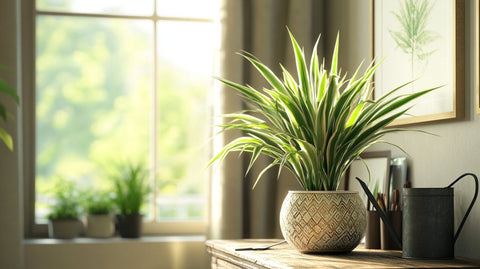



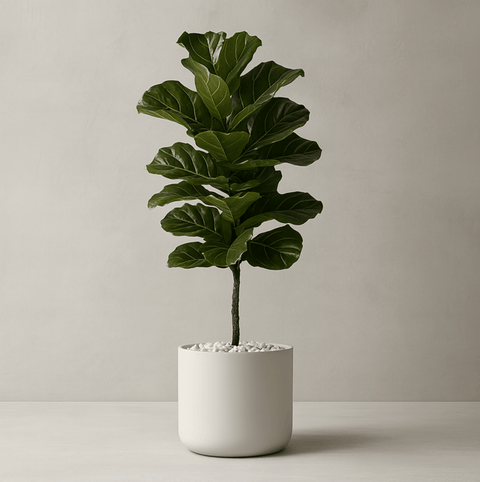
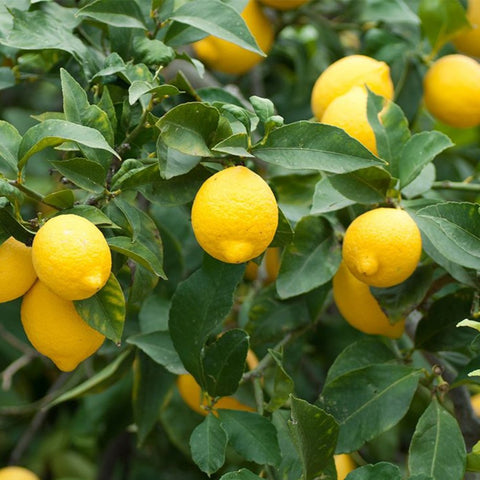
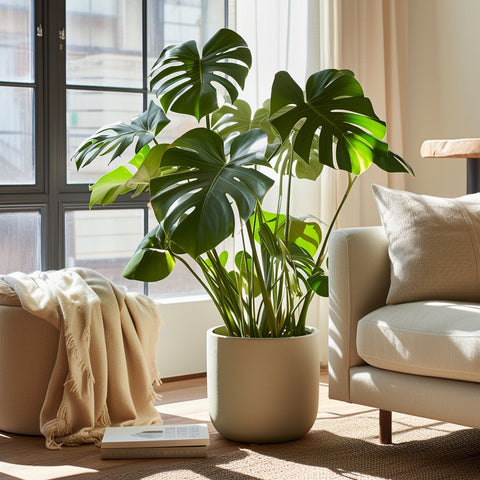
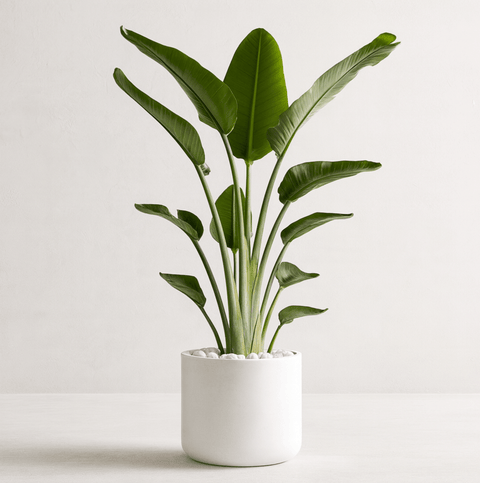
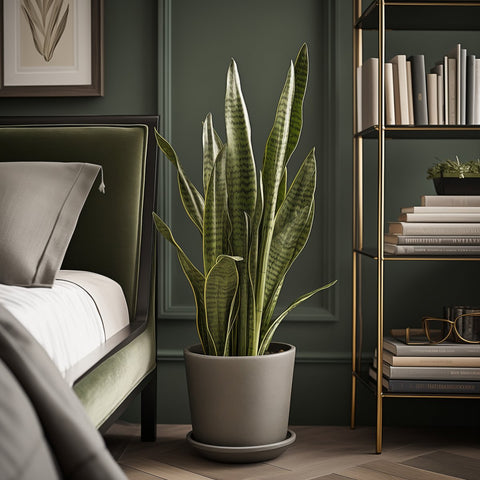
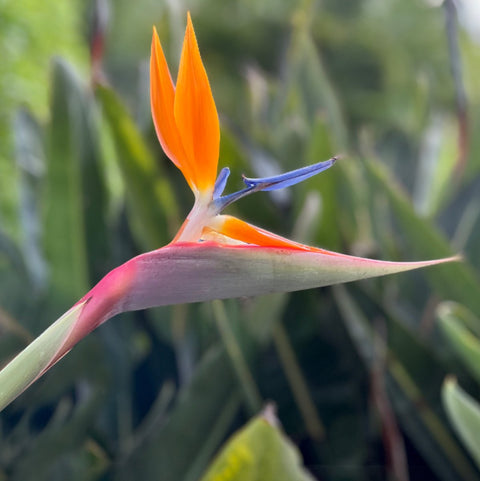
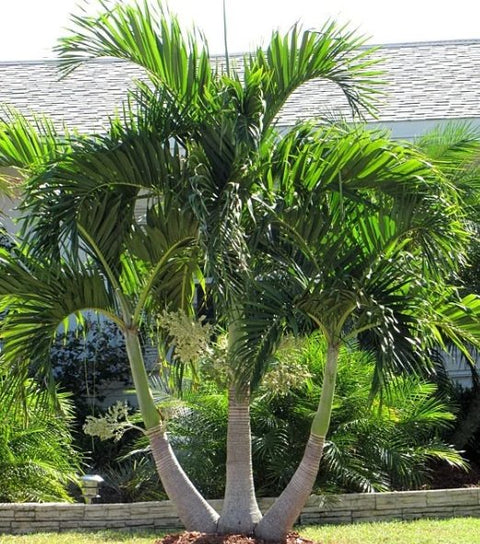
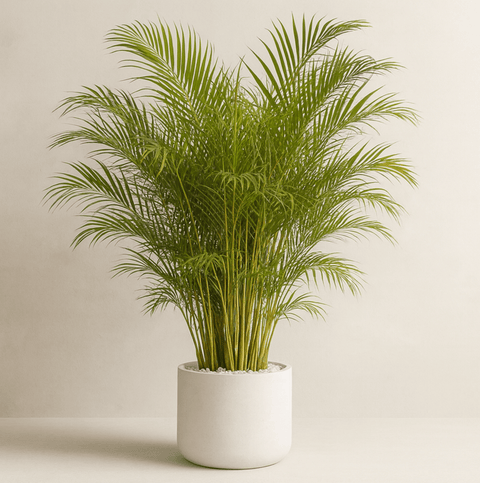
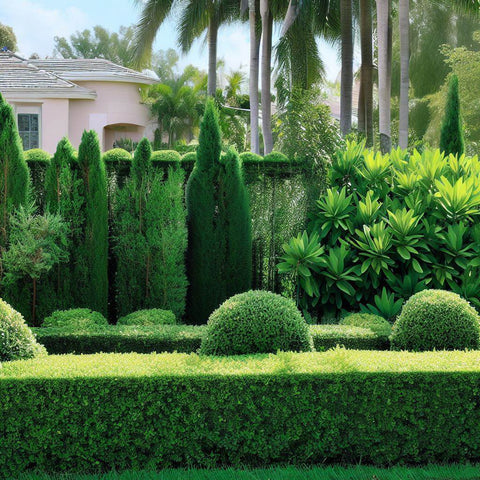
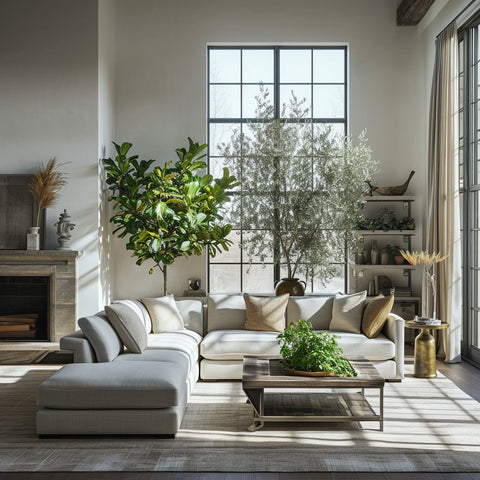
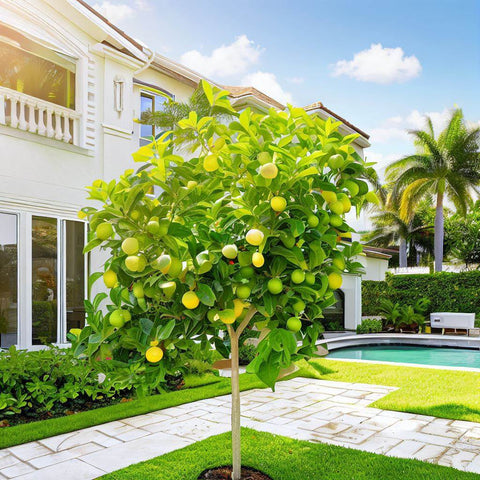


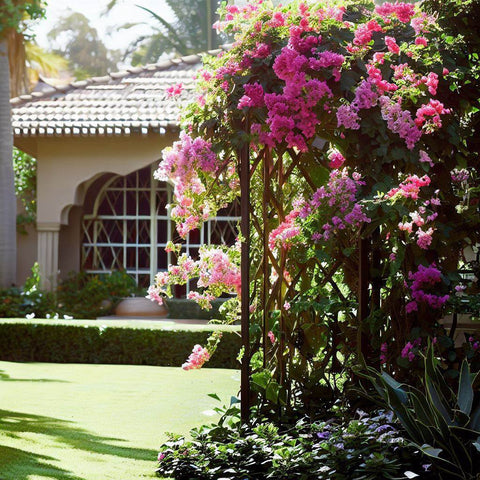
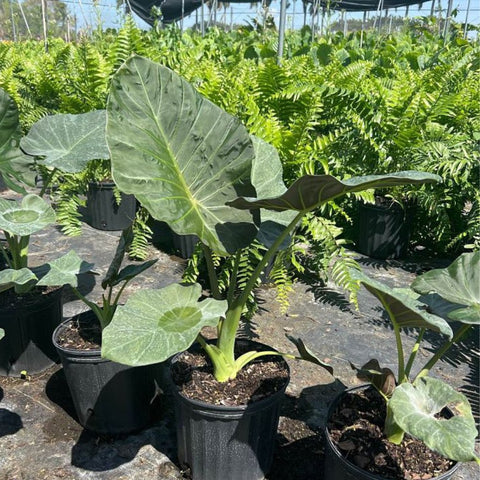
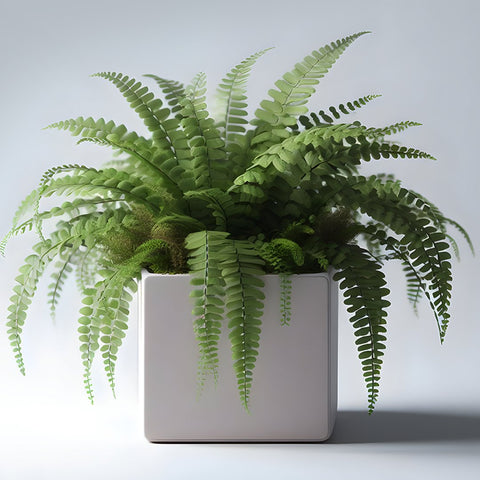

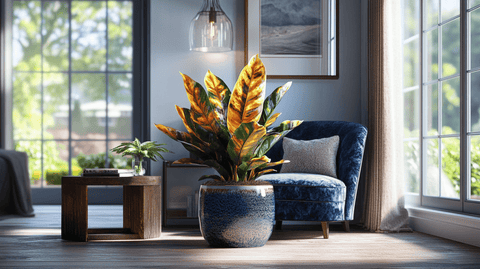

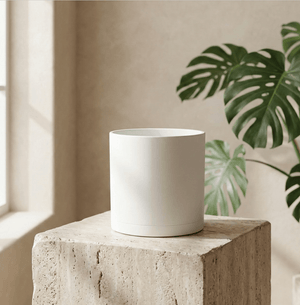
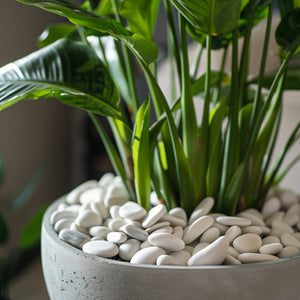

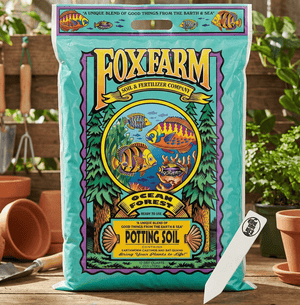
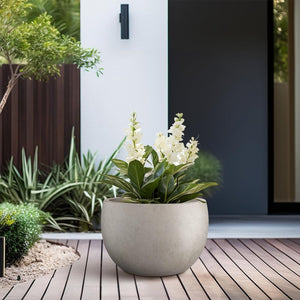
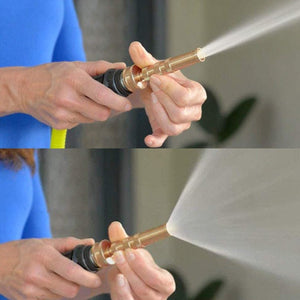
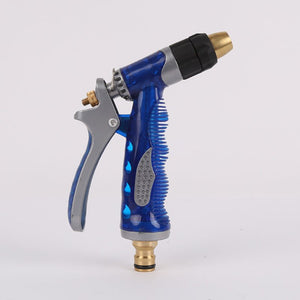
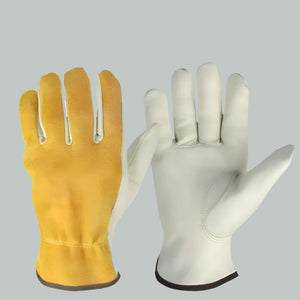
Comments (0)
There are no comments for this article. Be the first one to leave a message!